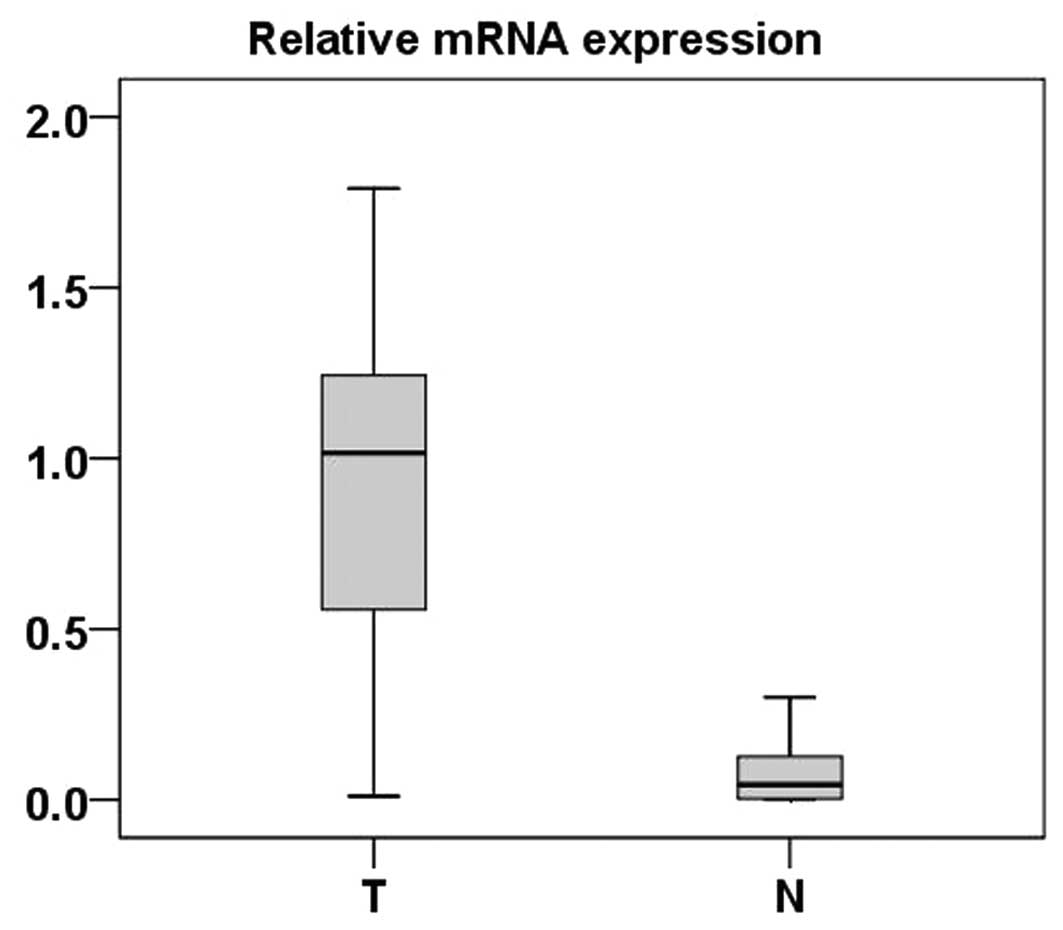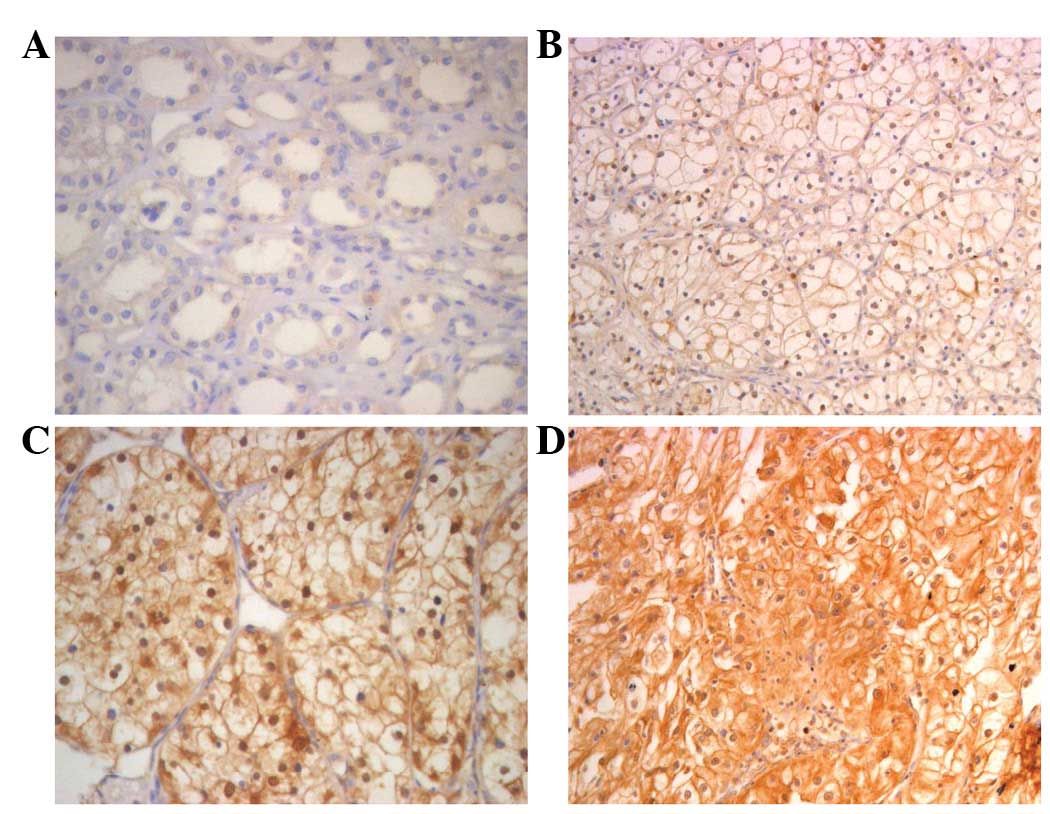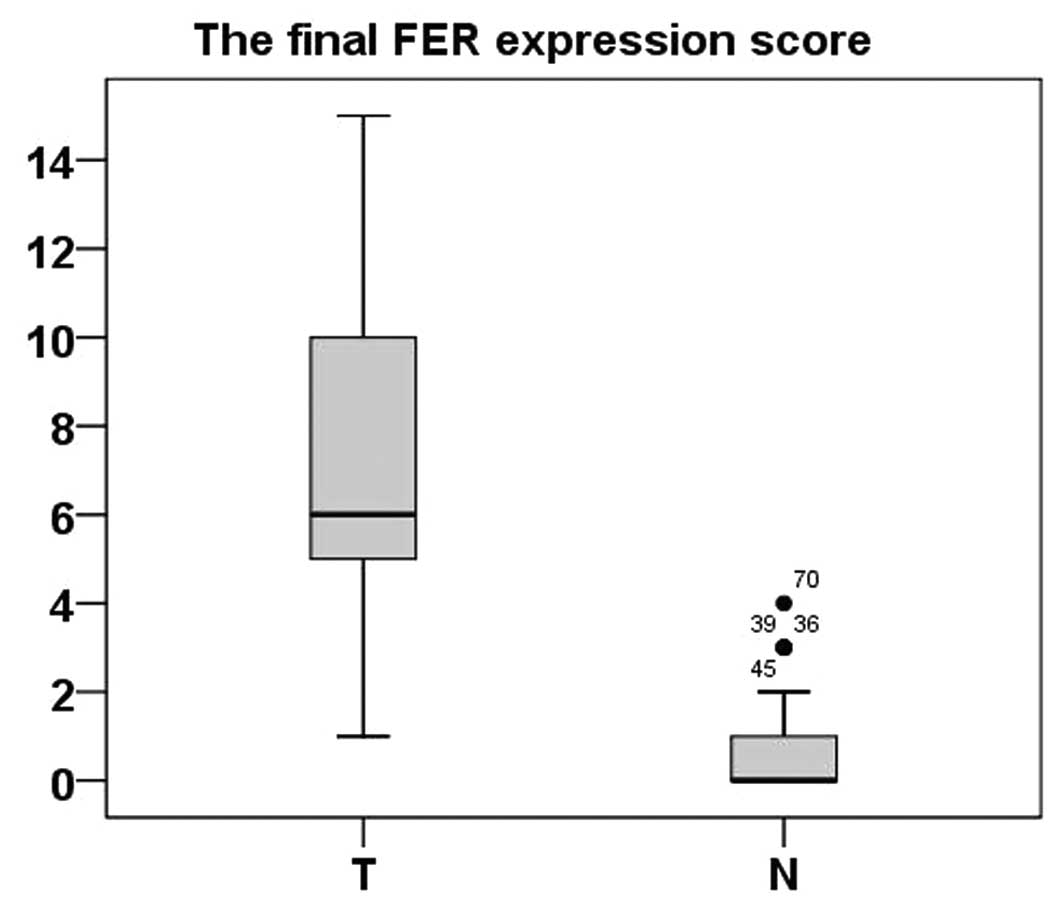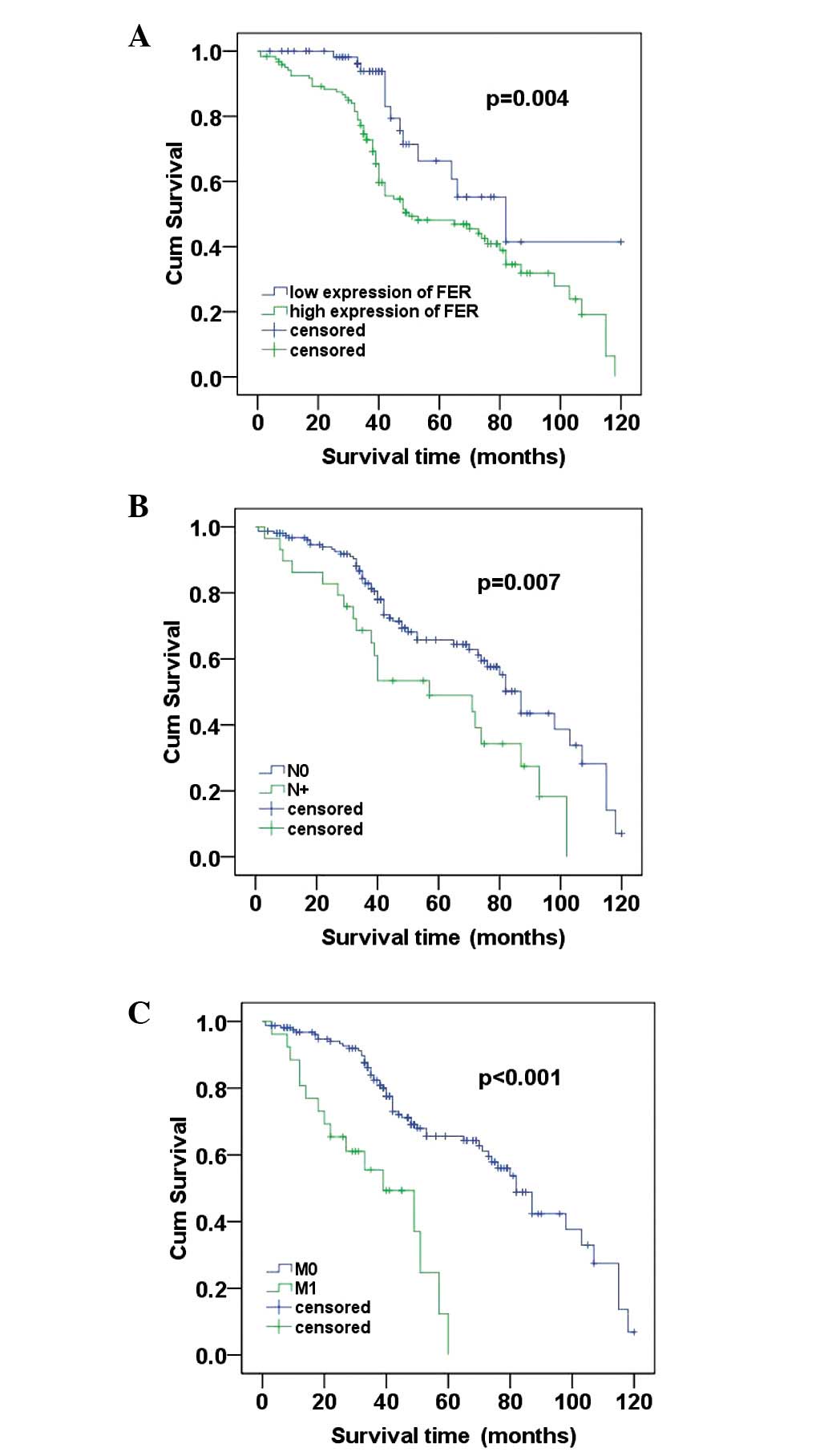|
1.
|
Jemal A, Bray F, Center MM, Ferlay J, Ward
E and Forman D: Global cancer statistics. CA Cancer J Clin.
61:69–90. 2011. View Article : Google Scholar
|
|
2.
|
Zbar B, Klausner R and Linehan WM:
Studying cancer families to identify kidney cancer genes. Annu Rev
Med. 54:217–233. 2003. View Article : Google Scholar : PubMed/NCBI
|
|
3.
|
Wei X, Zhou L, Hu L and Huang Y:
Tanshinone IIA arrests cell cycle and induces apoptosis in 786-O
human renal cell carcinoma cells. Oncol Lett. 3:1144–1148.
2012.PubMed/NCBI
|
|
4.
|
Chong PK, Lee H, Kong JW, Loh MC, Wong CH
and Lim YP: Phosphoproteomics, oncogenic signaling and cancer
research. Proteomics. 8:4370–4382. 2008. View Article : Google Scholar : PubMed/NCBI
|
|
5.
|
Greer P: Closing in on the biological
functions of Fps/Fes and Fer. Nat Rev Mol Cell Biol. 3:278–289.
2002. View
Article : Google Scholar : PubMed/NCBI
|
|
6.
|
Tsujita K, Suetsugu S, Sasaki N, Furutani
M, Oikawa T and Takenawa T: Coordination between the actin
cytoskeleton and membrane deformation by a novel membrane
tubulation domain of PCH proteins is involved in endocytosis. J
Cell Biol. 172:269–279. 2006. View Article : Google Scholar : PubMed/NCBI
|
|
7.
|
Pasder P, Salem Y, Yaffe E, Shpungin S and
Nir U: FER as a novel target for cancer therapy. Drugs Fut.
32:61–70. 2007. View Article : Google Scholar
|
|
8.
|
Li H, Ren Z, Kang X, Zhang L, Li X, Wang
Y, Xue T, Shen Y and Liu Y: Identification of
tyrosine-phosphorylated proteins associated with metastasis and
functional analysis of FER in human hepatocellular carcinoma cells.
BMC Cancer. 9:3662009. View Article : Google Scholar
|
|
9.
|
Fuhrman SA, Lasky LC and Limas C:
Prognostic significance of morphologic parameters in renal cell
carcinoma. Am J Surg Pathol. 6:655–663. 1982. View Article : Google Scholar : PubMed/NCBI
|
|
10.
|
Livak KJ and Schmittgen TD: Analysis of
relative gene expression data using real-time quantitative PCR and
the 2-[Delta][Delta] CT method. Methods. 25:402–408. 2001.
|
|
11.
|
Schrader A, Sevinc S, Olbert P, Hegele A,
Varga Z and Hofmann R: Gender-specific characteristics and survival
of renal cell carcinoma. Urologe A. 47:1184–1186. 2008.PubMed/NCBI
|
|
12.
|
Lane BR, Babineau D, Kattan MW, Novick AC,
Gill IS, Zhou M, Weight CJ and Campbell SC: A preoperative
prognostic nomogram for solid enhancing renal tumors 7 cm or less
amenable to partial nephrectomy. J Urology. 178:429–434. 2007.
View Article : Google Scholar : PubMed/NCBI
|
|
13.
|
Tamaskar I, Choueiri TK, Sercia L, Rini B,
Bukowski R and Zhou M: Differential expression of caveolin-1 in
renal neoplasms. Cancer. 110:776–782. 2007. View Article : Google Scholar : PubMed/NCBI
|
|
14.
|
Paulson R, Jackson J, Immergluck K and
Bishop JM: The DFer gene of Drosophila melanogaster encodes
two membrane-associated proteins that can both transform vertebrate
cells. Oncogene. 14:641–652. 1997.PubMed/NCBI
|
|
15.
|
Letwin K, Yee SP and Pawson T: Novel
protein-tyrosine kinase cDNAs related to fps/fes and eph cloned
using anti-phosphotyrosine antibody. Oncogene. 3:621–627.
1988.PubMed/NCBI
|
|
16.
|
Piedra J, Miravet S, Castaño J, Pálmer HG,
Heisterkamp N, García de Herreros A and Duñach M: p120
Catenin-associated Fer and Fyn tyrosine kinases regulate β-catenin
Tyr-142 phosphorylation and β-catenin-α-catenin Interaction. Mol
Cell Biol. 23:2287–2297. 2003.PubMed/NCBI
|
|
17.
|
Xu G, Craig AWB, Greer P, Miller M,
Anastasiadis PZ, Lilien J and Balsamo J: Continuous association of
cadherin with β-catenin requires the non-receptor tyrosine-kinase
Fer. J Cell Sci. 117:3207–3219. 2004.
|
|
18.
|
Daly RJ: Cortactin signalling and dynamic
actin networks. Biochem J. 382:13–25. 2004. View Article : Google Scholar : PubMed/NCBI
|
|
19.
|
El Sayegh TY, Arora PD, Laschinger CA, Lee
W, Morrison C, Overall CM, Kapus A and McCulloch CA: Cortactin
associates with N-cadherin adhesions and mediates intercellular
adhesion strengthening in fibroblasts. J Cell Sci. 117:5117–5131.
2004.PubMed/NCBI
|
|
20.
|
Lu HY, Mao WM, Cheng QY, Chen B, Cai JF,
Wang XJ, Wang Z and Xie FJ: Mutation status of epidermal growth
factor receptor and clinical features of patients with combined
small cell lung cancer who received surgical treatment. Oncol Lett.
3:1288–1292. 2012.PubMed/NCBI
|
|
21.
|
Ben-Dor I, Bern O, Tennenbaum T and Nir U:
Cell cycle-dependent nuclear accumulation of the p94fer tyrosine
kinase is regulated by its NH2 terminus and is affected by kinase
domain integrity and ATP binding. Cell Growth Differ. 10:113–129.
1999.PubMed/NCBI
|
|
22.
|
Pasder O, Shpungin S, Salem Y, Makovsky A,
Vilchick S, Michaeli S, Malovani H and Nir U: Downregulation of Fer
induces PP1 activation and cell-cycle arrest in malignant cells.
Oncogene. 25:4194–4206. 2006. View Article : Google Scholar : PubMed/NCBI
|
|
23.
|
Levi F, Ferlay J, Galeone C, Lucchini F,
Negri E, Boyle P and La Vecchia C: The changing pattern of kidney
cancer incidence and mortality in Europe. BJU Int. 101:949–958.
2008. View Article : Google Scholar : PubMed/NCBI
|


















